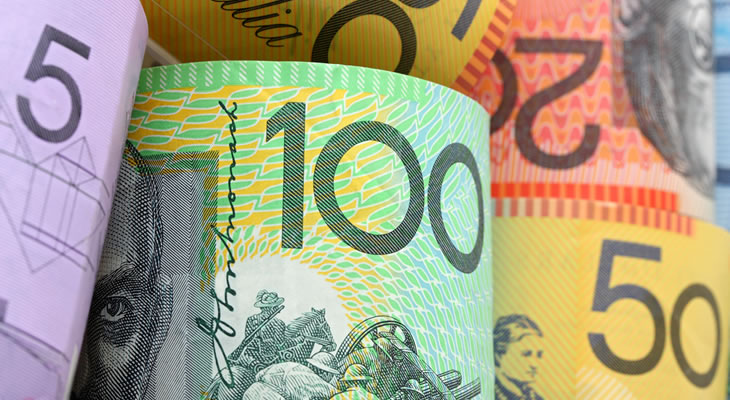Pound Australian Dollar (GBP/AUD) Exchange Rate Flat as Brexit Uncertainty Fuels 13-Month Manufacturing High
The Pound Australian Dollar (GBP/AUD) exchange rate is flat this morning, with the pairing currently trading at an inter-bank rate of AU$1.8369.
Data released this morning showed that UK manufacturing PMI rose to a 13-month high of 55.1 in March.
The figure rose as stocks of inputs and finished goods rose at record rates, and following this data release, the Pound began to claw back losses.
Commenting on this, Duncan Brock, Group Director at the Chartered Institute of Procurement and Supply said:
‘Businesses on both sides of the channel intensified their efforts this month to accumulate materials with the fastest increase in the stock building of finished goods since 1992, as the UK hurtled towards the Brexit deadline.
‘This panic-buying had a marginally positive effect on job creation however, as increased Brexit preparations required more hand on deck and some businesses were carrying on regardless of launching new products and markets.
‘The big worry is if the threat of uncertainty recedes, businesses will have to resort to heavy discounting on these stocks to free-up valuable operating expenses if normal order levels are not restored in the coming months.’
Australian Manufacturing Slows Ahead of Federal Election
Data released on Monday showed that momentum in Australia’s manufacturing sector slowed in March, however the Pound Australian Dollar (GBP/AUD) exchange rate remained flat.
The Australian Industry Group’s (AiG) Performance of Manufacturing Index (PMI) dropped from 54 to 51 in March, the lowest reading since October 2016.
Caution ahead of the Federal Election, the downturn in the housing market, and the drought in the eastern states were cited as the main catalysts of the weak manufacturing PMI.
In a statement, AiG said:
‘Respondents reported slower conditions in March 2018 […] Some attributed this to a generally slowing local economy while others said their customers are delaying purchases until after the Federal election.
‘The downturn in housing construction is slowing demand for building-related products, while the drought continues to detract from the demand for machinery, equipment and other products for the agricultural and rural sectors.’
Australian Dollar (AUD) Rises despite Sliding Australian House Prices
Data also showed that house prices in Australia continued to fall in March, however this was at a slower pace compared to levels seen over previous months.
While prices appear to be falling at a slower pace, the housing downturn now appears to be spreading further which likely dampened sentiment in the ‘Aussie’.
Commenting on this data, Head of Research at CoreLogic, Tim Lawless said:
‘The 0.6% drop in March was actually the smallest of the month-on-month declines since values fell by 0.5% in October last year.
‘While the pace of falls has slowed in March, the scope of the downturn has become more geographically widespread.’
Pound Australian Dollar Outlook: Will the GBP/AUD Exchange Rate Rise on a Dovish RBA?
Looking ahead to Tuesday, the Australian Dollar (AUD) could slip against the Pound (GBP) following the release of the Reserve Bank of Australia’s (RBA) interest rate decision and statement.
If the RBA holds rates at 1.5% as expected by markets but the rate statement is overly dovish and hints that a rate cut is likely in 2019, the ‘Aussie’ will likely slide.
Later in the morning, the release of the UK construction PMI could cause the Pound to fall.
While March’s construction PMI is forecast to rise to 50 from 49.5, the construction sector would be left stagnant, which will likely cause the Pound Australian Dollar (GBP/AUD) exchange rate to fall.


Comments are closed.